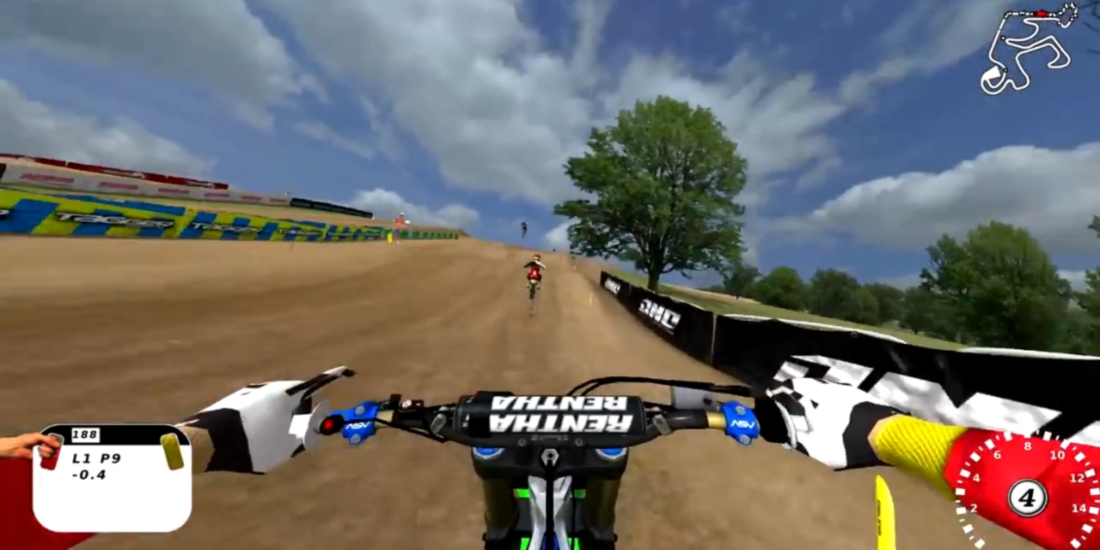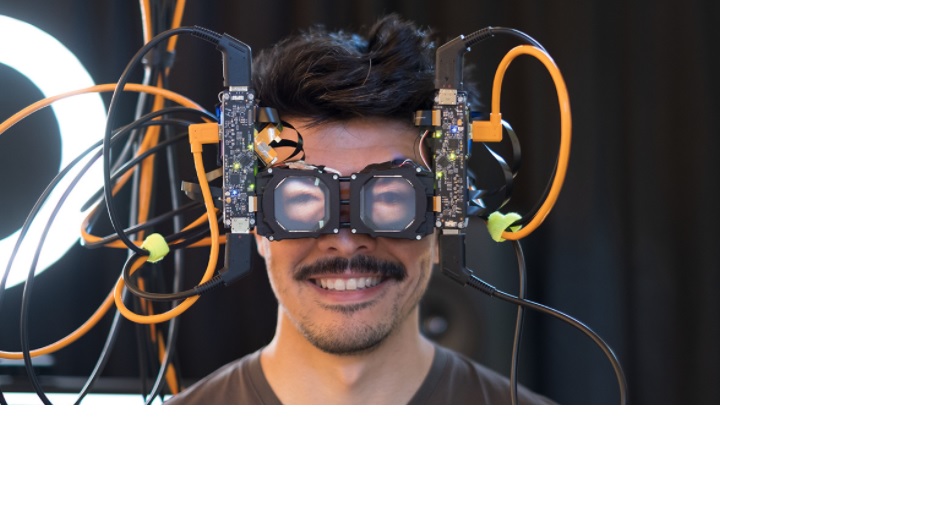Microsoft has come out saying that virtual reality will soon become so immersive that it has the power to take VR users on hallucinogenic “trips.”
Reminiscent of an experience akin to taking LSD, a powerful hallucinogenic drug popular in the late 1960s and early 1970s during the “flower power” generation, virtual reality indeed has the ability to let humans lose themselves in a virtual world that wouldn’t be unlike a drug-induced state of mind.
Will VR be the new LSD? We don’t know that, but we do know that this bit of information comes from one of seventeen Microsoft researchers that took part in a future-gazing session about what their respective technologies would look like in 2027.
The predictions ranged from human-like capabilities in artificial intelligence to a new economy.
One interesting observation was made by Microsoft researcher Mar Gonzalez Franco was that virtual reality in 2027 would go beyond its present limits:
“(It will) provide such rich multisensorial experiences that will be capable of producing hallucinations which blend or alter perceived reality.
In contrast to current virtual reality systems that only stimulate visual and auditory senses, in the future the experience will expand to other sensory modalities including tactile with haptic devices.”
Haptic technology or kinesthetic communication, known to most people as the touch feedback that smartphones send to our fingers when we interact with them, is nothing new. Anyone who has played arcade games back in the 70s will remember Moto-Cross (Fonz), where the handlebar would vibrate when the rider crashed into another vehicle.
The kind of haptic touch that Marco is referring to could effectively work on the same servo-motor-type systems that provide tactile feedback on our smartphone screens. Samsung brought that in to its SCH-a930 phones back in 2007, when the iPhone was launched.
But its applications in VR are yet to be fully explored, and I’m not talking about sitting in a simulator or wearing a VR headset sitting in a vibrating chair. I’m not an expert on haptic applications in VR, but it’s a logical assumption that future VR will revive a lot of technologies from the past 50 years of development in this area.
Thanks for reading our work! Please bookmark 1redDrop.com to keep tabs on the hottest, most happening tech and business news from around the world. On Apple News, please favorite the 1redDrop channel to get us in your news feed.



